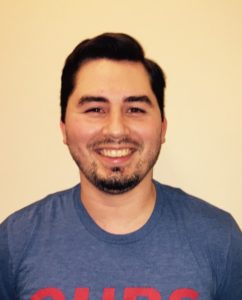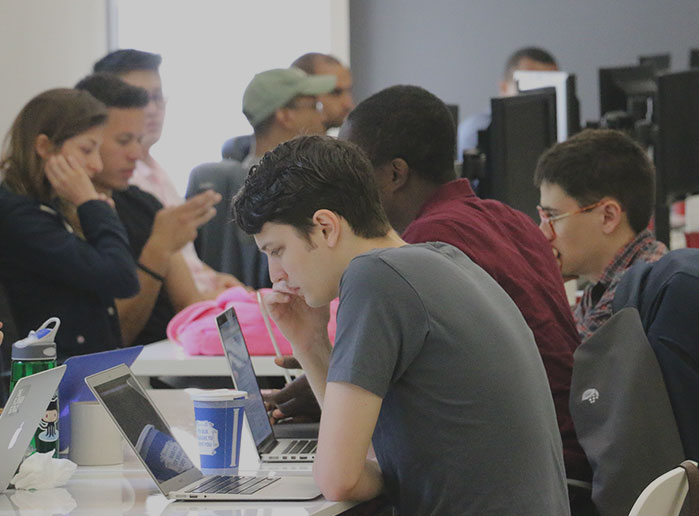Michael Perritano is familiar with tactical operations, but after leaving the United States Army in 2011 with 10 years of service under his belt, he became acquainted with an operation of a different kind.
The organization Operation Code partners with the Flatiron School’s online campus – Learn – to help former military personnel build new skills, open up a world of new career opportunities in tech. The collaboration makes it possible for veterans to receive reduced tuition through the platform, in addition to offering web development scholarships—with $25,000 up for grabs.
Aside from exposing veterans to full-stack web development, the program also allows students to get real-time help from Learn Experts. And that’s exactly what Perritano did to help launch his new career.
Flatiron: What made you decide to want to learn to code?
Michael: I took a programming course while serving in the Army and found it very fun and interesting. I especially liked the problem-solving aspect of programming. The biggest draw for me is the challenge of building an elegant program that does what you want it to do. After researching the developer/tech community and discovering the various boot camps, I realized that I could easily transition into a coding career once I left the military.
 Flatiron: What advice would you give to other Operation Coders thinking about joining Flatiron’s online campus, Learn?
Flatiron: What advice would you give to other Operation Coders thinking about joining Flatiron’s online campus, Learn?
Michael: I would say to go for it. The program is designed to set you up for success. You start learning something new from day one. Also, the community is very responsive and helpful. Whenever I get stuck, there’s always someone there to help. It’s flexible—I work full time and have a family to support—so being able to study at my own pace was important. That’s a huge benefit to this program.
Flatiron: What’s your favorite thing about Learn?
Michael: Learn is so easy to navigate while still being similar to what real-world companies use in their operations. I’m confident it’ll be an easy transition from being a student to working an actual job in coding.
Flatiron: Tell me about an “aha” moment you recently had.
Michael: The whole HTML and CSS portion was an “aha” moment for me. I have never taken a look under the hood at web pages before. It was very interesting to learn how web pages are created and organized and then styled with CSS.
Flatiron: What’s your goal after completing the Learn program?
Michael: I hope to find a career in web development that’ll allow me to join a team and contribute what I’ve learned to build web sites. A career in this industry would be a rewarding experience, as coding is an evolving and continuous learning process, and also a great way to help support my family.
Flatiron: Anything else you want to add?
Michael: I had been looking at coding schools for a while, and knowing that the GI Bill did not cover this type of schooling made me a bit hesitant to get started—since I had to finance it. Once I found out about Operation Code, I knew it was something that I wanted to be a part of. After attending the launch party in Portland, l felt reassured that this was the right path for me and signed up that same day. It has been a great experience so far, and it’s something I genuinely look forward to every day.

